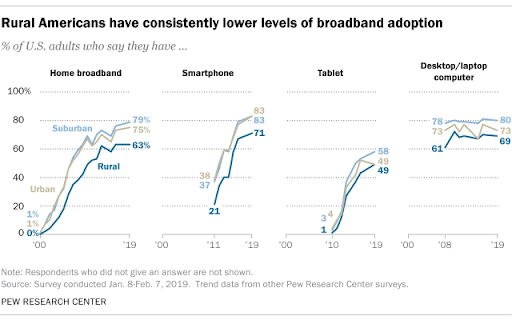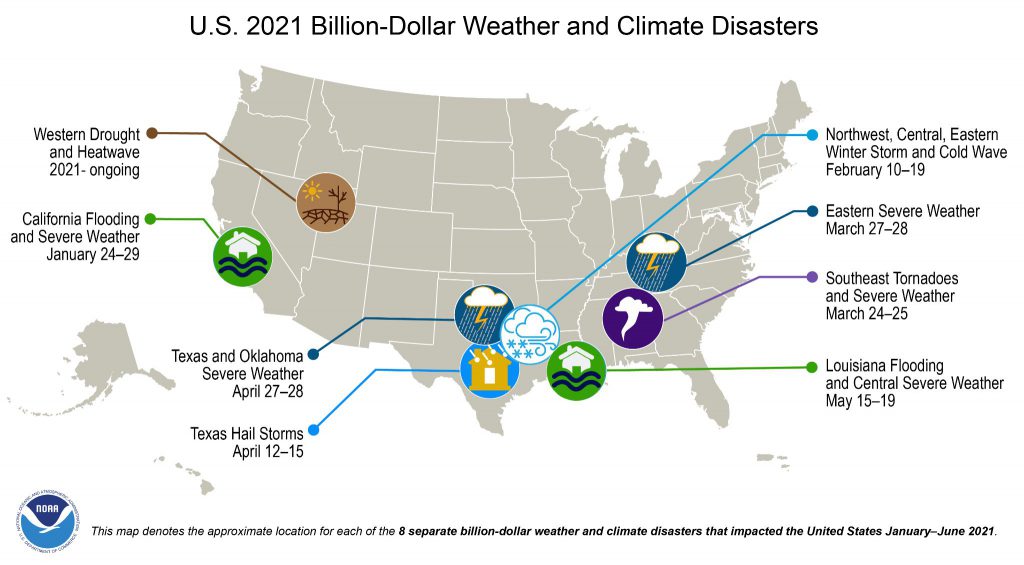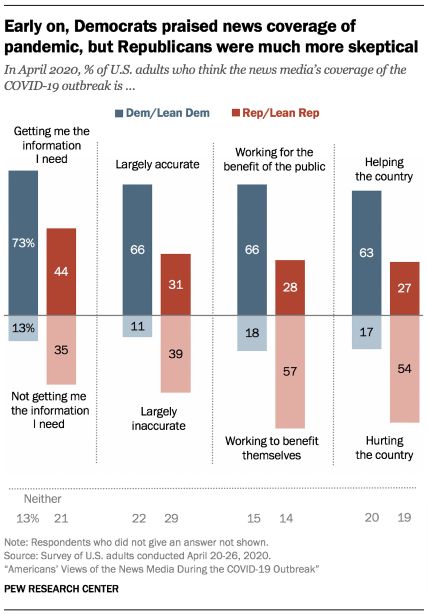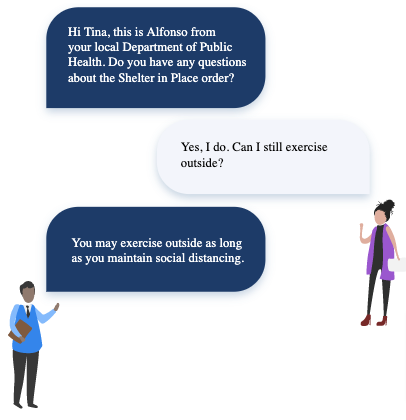In a world where we can reach audiences with highly sophisticated and targeted campaigns via any number of channels, we often overlook the simplicity of the text message.
After all, the very first SMS message was sent way back in 1992. Over one-fifth of the U.S. population wasn’t even born then!
Yet peer-to-peer texting – otherwise known as P2P – has become a valuable tool in the armory of many government agencies.
Why Use P2P Texting?
Unlike so-called “robotexts”, P2P texting allows employees or volunteers to connect with individual citizens on a one-on-one level. It’s more efficient than knocking on doors and more personal than other techniques like email.
P2P texting rose to prominence during the 2018 midterm elections as a means for campaigners on both sides of the political spectrum to reach grassroots voters. Those messages ranged from asking people to support specific candidates to providing local polling information.
As well as allowing the sender to strike up a genuine conversation and engage their audience, peer-to-peer texting enables them to reach people who other digital channels may miss.
For instance, a study from Pew Research Center revealed a significant disparity in levels of smartphone ownership between urban and rural communities.

In other words, unless they’re at a desktop computer, not everyone will have the technology to see your social ads. But only 3% of Americans don’t own a mobile phone. That’s even higher than the proportion of households that own a TV!
Simply put, P2P texting can be an extremely valuable tool for government agencies. Check out five examples of how you can use it to drive citizen engagement.
1. Reaching Communities Affected by Natural Disasters
Within just the first 6 months of 2021, the US has already been hit by 8 weather or climate-related disasters with losses and damages exceeding $1 billion.

In short, severe climate or weather disasters are becoming more commonplace, which means there’s an ever-growing need for government agencies to communicate with affected communities to share essential guidance.
Peer-to-peer texting can be a highly effective way to do this. One organization reached displaced communities during Hurricane Michael, which hit Florida, Georgia, and several other states in October 2018. P2P texting allowed them to send links to various resources about relief efforts and provide residents with information on how they could still vote in the midterms.
2. Providing Public Health Information
The ongoing coronavirus pandemic has shone a light on the importance of giving citizens access to accurate, reliable public health information.
Disseminating public health information has always been important. But it’s been more and more challenging to do it effectively in recent years as society becomes increasingly fractious.
Studies show us that two traditional sources of public health news – the federal government and the media – have seen their authority dented significantly, which makes it far more challenging to communicate key information effectively.
For instance, a Pew Research survey carried out in early September 2020 found that 79% of Republicans believed then-President Trump was giving Americans the right messaging around the coronavirus pandemic, while 90% of Democrats felt he was delivering the wrong message.
The press faces similar challenges. A separate Pew Research study – this time from April 2020 – revealed 73% of people who lean toward the Democrats felt media coverage of the pandemic gave them the information they needed, while 35% of Republicans said the opposite.

That’s a huge concern for government agencies. How can you possibly communicate essential information when vast tranches of the electorate distrust two of our most important and wide-reaching institutions?
That’s where P2P texting comes in. It allows government agencies to reach out directly to citizens by text message, effectively cutting out the media middleman and taking control of the narrative without getting embroiled in party politics.
What’s more, peer-to-peer texting allows recipients to ask questions. Platforms like Hustle enable authentic conversations through two-way texting, making messages more impactful while helping tackle misinformation.

The City of New York’s Public Engagement Unit’s use of P2P texting during the pandemic is a great example of this. Their traditional method of door-to-door canvassing proved difficult during a global health crisis. Through a P2P strategy, they gained the ability to quickly send thousands of personalized texts loaded with helpful information, unique links, essential deadlines, and detailed responses to questions.
3. Updating Citizens on Service Changes
There are many instances in which government agencies might need to publicize service changes, particularly given the disruption caused by COVID-19.
The Transportation Security Administration might need to communicate essential information on what travelers should expect during the pandemic. Or maybe the National Park Service needs to advise people to avoid a specific area or warn against a particular type of activity.
Of course, they can – and do – turn to social media to get these messages out there. But while social media is a highly effective way to reach audiences at scale, it’s reliant on the right people following their social accounts in the first place. And, given the diminishing state of organic reach on social platforms, it’s also far from certain those people will see the relevant posts even if they follow those accounts.
Text messaging is a little different. For whatever reason, we seem to be almost hard-coded to open and react to the texts we receive. One study discovered that 82% of Americans open text messages within five minutes of receiving them. For the sake of comparison, consumers say 95% of the emails they receive aren’t relevant to them, so it’s no surprise they only open about one-quarter of them.
All of this means that if you have an important message to communicate, P2P texting can be an extremely effective way to do it because there’s a strong chance your intended audience will open it.
And again, because peer-to-peer texting can spark a genuine back-and-forth conversation, it allows recipients to ask questions and request additional information where necessary.
4. Attracting & Engaging Volunteers
Many government agencies rely on volunteers to perform essential duties, assist with events, and cope with demand at peak periods.
There’s a whole website dedicated to it. At the time of writing, it displays a diverse range of volunteering opportunities – everything from cleaning at Carter Lake for the US Army Corps of Engineers to acting as a campground host at Zion National Park on behalf of the National Park Service. Honestly, they sound kind of idyllic.
However, even if you’re recruiting volunteers to taste chocolate, drink beer, lounge around on extra-comfy pillows, and pet kittens all day, no one’s going to apply if they don’t know the position exists!
There are lots of ways government agencies can promote volunteering opportunities. Email and social media are always going to play a part. But peer-to-peer texting can be a big help too.
After all, anyone who’s planning to take up a voluntary position – particularly one that requires a significant investment in time over an extended period – is almost certainly going to have a few questions before they sign up. P2P texting gives them a simple, direct way to get the answers they need.
Sure, they could get those answers by speaking to a phone banker. But a lot of people suffer from some level of phone anxiety. On the other hand, text messaging feels fun and straightforward.
What’s more, thanks to advanced segmentation and targeting techniques, it’s easy to reach precisely the right group of people with highly personalized messages.
5. Targeting Potential Recruits
Any organization is only as strong as the talent it attracts, and government agencies are no different.
But with so much competition for the best candidates, agencies can’t simply afford to sit back and wait for applicants to come to them – they need to get proactive. Now more than ever before, recruitment has effectively become a marketing job.
Some government bodies already rely on text messaging as a critical element of their recruitment strategies. For instance, recruiters with the United States Armed Forces often send text messages to potential recruits encouraging them to consider a career in the military.
However, not all text messages are created equal. Whereas mass text campaigns are often poorly targeted and see low response rates, peer-to-peer texting is highly personalized, which increases engagement.
In turn, that means it’s more likely your messages will be read and replied to, which increases your chances of attracting the talent you need.
Conclusion
P2P texting isn’t a silver bullet for government agencies.
It’s unlikely to land you a bunch of recruits or volunteers single-handedly, and it’s not a total replacement for social networks and traditional media when it comes to communicating important messages to a broad audience.
However, the conversational nature of peer-to-peer texting means it’s a superb way of getting across the right type of messaging – anything likely to require some kind of follow-up.
A busy social media feed can quickly lose those sorts of communications. It’s all too easy for social teams to miss an important response because they received a flurry of notifications at once.
That’s far less likely to happen with P2P texting because it’s built from the ground up with a one-to-one conversation in mind.
To learn more about what P2P text can do for your agency, request a demo with Hustle today.










